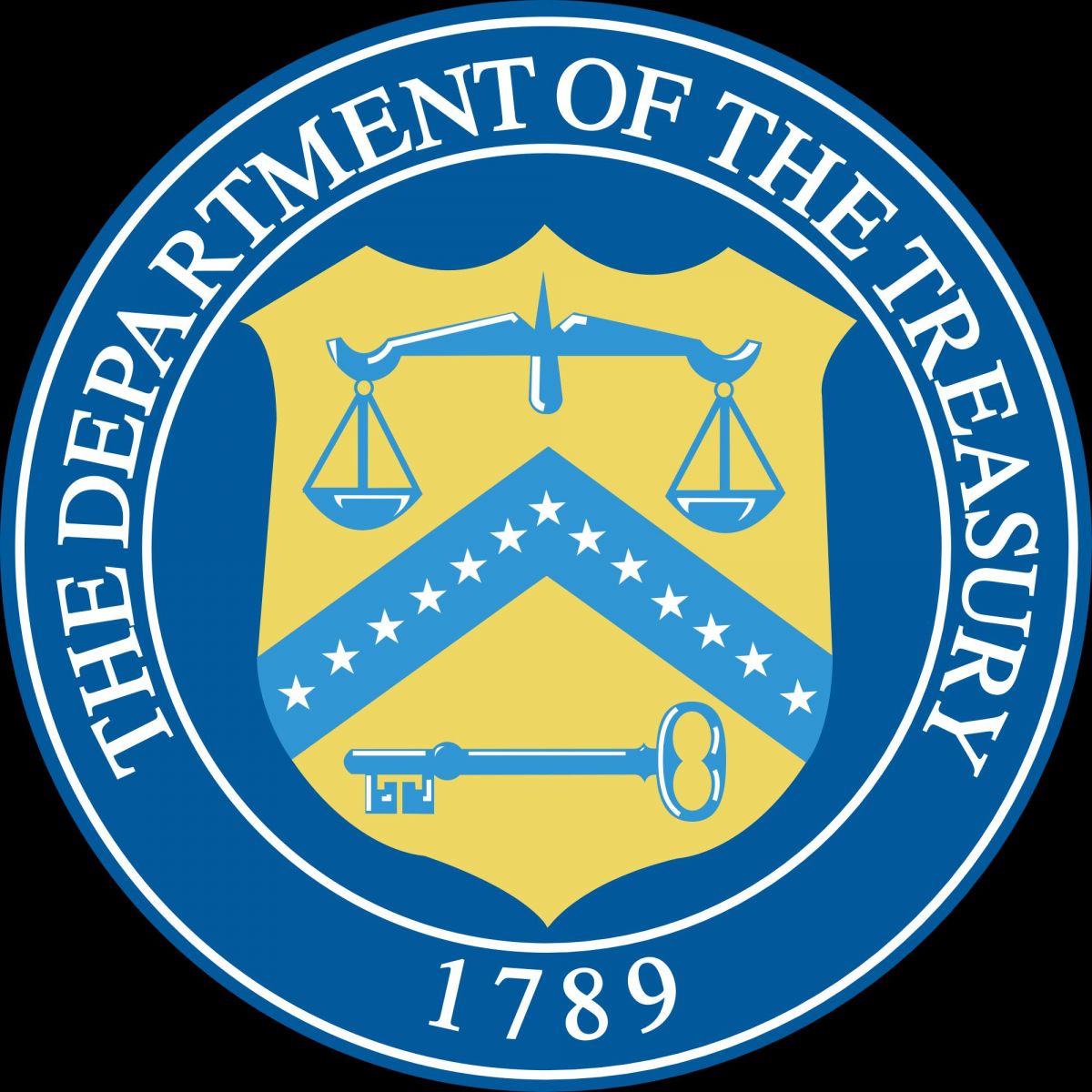Compliance
AML Compliance Cheat Sheet For RIAs

For RIAs and others trying to make sense of new US anti-money laundering rules, this publication spells out the main points of legislation, how the rules work and what managers must do.
The following details are part of a series of stories we are publishing to illustrate what the US wealth management sector is doing to prepare for new anti-money laundering rules that take effect from the start of 2026. To see previous articles, click here and here. We hope readers find this information useful; for any feedback, email the editor at tom.burroughes@wealthbriefing.com
Requirements of the Final Rule from the US Treasury Department Financial Crimes Enforcement Network (FinCEN)
The rule requires RIAs to:
-- Implement a risk-based and reasonably designed Anti-Money
Laundering/Countering the Financing of Terrorism (AML/CFT
program;
-- File certain reports, such as Suspicious Activity Reports
(SARs), with FinCEN;
-- Keep certain records, such as those relating to the
transmittal of funds (i.e. comply with the Recordkeeping and
Travel Rules); and
-- Fulfill certain other obligations applicable to financial
institutions subject to the Bank Secrecy Act and FinCEN’s
implementing regulations, such as special information sharing
procedures.
Basic tenets of an AML compliance program from
FINRA
Firms must comply with the Bank Secrecy Act and its implementing
regulations ("AML rules"). The purpose of the AML rules is to
help detect and report suspicious activity including the
predicate offenses to money laundering and terrorist financing,
such as securities fraud and market manipulation.
FINRA reviews a firm’s compliance with AML rules under FINRA Rule 3310, which sets forth minimum standards for a firm’s written AML compliance program.
1. The program must be approved in writing by a
senior manager.
2. It must be reasonably designed to ensure the
firm detects and reports suspicious activity.
3. It must be reasonably designed to achieve
compliance with the AML rules, including, among others, having a
risk-based customer identification program (CIP) that enables the
firm to form a reasonable belief that it knows the true identity
of its customers.
4. It must be independently tested to ensure
proper implementation of the program.
5. Each FINRA member firm must submit contact
information for its AML compliance officer through the FINRA
Contact System (FCS).
6. Ongoing training must be provided to
appropriate personnel.
7. The program must include appropriate
risk-based procedures for conducting ongoing customer due
diligence, including (i) understanding the nature and purpose of
customer relationships for the purpose of developing a customer
risk profile; and, (ii) conducting ongoing monitoring to identify
and report suspicious transactions and, on a risk basis, to
maintain and update customer information, including information
regarding the beneficial owners of legal entity customers.
Next step recommendations
Debevoise & Plimpton law firm
“New Anti-Money Laundering Requirements For Investment Advisors”
-- Review the Final Rule for gaps in current AML/CFT
programs or processes.
-- Assess the scope of the firm’s advisory activities and
customers that will be subject to the Final Rule;
-- Update AML/CFT programs, policies, procedures and
controls to comply with the Final Rule as necessary, including
refreshing or documenting any risk-based AML/CFT approaches or
determinations, in preparation for heightened regulatory scrutiny
and examinations;
-- Consider whether changes to investor onboarding
documentation or processes may be necessary;
-- Review and amend AML/CFT delegation arrangements with
custodians, broker-dealers, fund administrators or other service
providers to determine the appropriate scope of AML/CFT
responsibilities to be delegated and provide for appropriate
oversight measures;
-- Ensure appropriate AML/CFT staffing, technology,
resources, training and oversight are in place by the effective
date, as well as a process for periodic independent testing;
and
-- Inform appropriate stakeholders of the new AML/CFT
obligations and additional compliance measures to be implemented.
Morgan Lewis law firm
“Deciphering FinCEN’s New Anti-Money Laundering Rules for
Advisers”
-- Identify exposure to AML risks; take inventory of current AML
capabilities, if any;
-- To the extent that covered RIAs already have an AML/CFT
infrastructure and program in place, they should consider closely
analyzing their programs to ensure that they are consistent with
and meet the requirements of the Final Rule;
-- Sort out which customers/entities are already subject to
AML programs (e.g. broker-dealers) and which are not (e.g.
holding companies in a private fund structure);
-- For advisors with offshore operations, consider which
parts of their business are subject to the Final Rule. Advisors
with their primary place of business outside of the US should
assess their US touchpoints/offices to determine whether the
Final Rule applies. They should also assess whether they have US
investors in their foreign-located private funds;
-- Build AML/CFT infrastructures, including by developing
tailored AML/CFT programs that account for the risks associated
with their specific business and clients. Covered RIAs may want
to consider beginning to onboard professionals with AML/CFT
experience;
-- Search for outsourced solutions, including changes to
fund subscription documents and other enhanced diligencing of
investors/clients;
-- Considering how the Final Rule could impact how private
fund investors, perform due diligence and the information they
request from private fund advisors;
-- Establish an approach for SAR filing; and
-- Develop procedures for the upkeep/maintenance of the
AML/CFT program, such as ongoing monitoring of compliance with
the program and training of firm personnel.
If you have questions about these articles and want to respond, email the editor at tom.burroughes@wealthbriefing.com